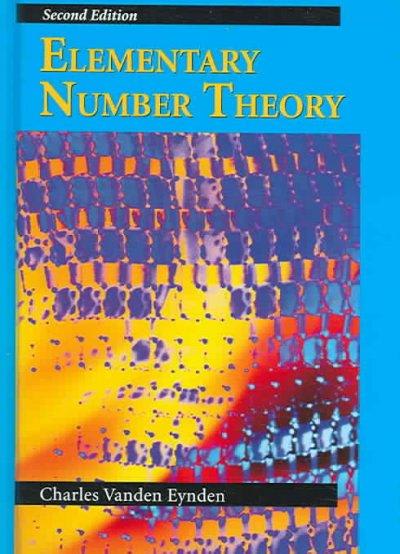Answered step by step
Verified Expert Solution
Question
1 Approved Answer
3. (1 Point) Consider the following parameterizations: ) . 1-33) = (t+ 1,:2 + 2t+1) o r3(t) = (1 6t, 2 + (it) o r4(t)


Step by Step Solution
There are 3 Steps involved in it
Step: 1

Get Instant Access to Expert-Tailored Solutions
See step-by-step solutions with expert insights and AI powered tools for academic success
Step: 2

Step: 3

Ace Your Homework with AI
Get the answers you need in no time with our AI-driven, step-by-step assistance
Get Started


